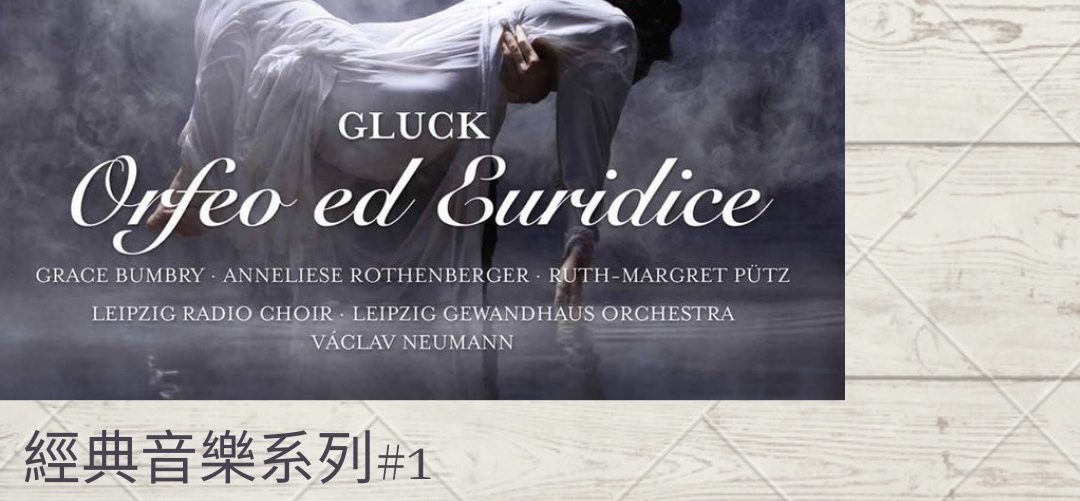A piece of music can become a classic due to its refinement and rich emotional content, and can still move people’s hearts regardless of the passage of time. They are often adapted in various forms and incorporated into media such as movies and TV commercials that we commonly come into contact with. How many of them have you heard, and how much do you know about them?
The inspiration for the opera comes from the story of Orpheus in Greek mythology. He went to the underworld after his beloved wife Eurydice died, to plead for the redemption of her life. On the way back to the mortal world with his wife, he could not resist her pleas and looked back at her, breaking the rules and causing her to vanish into thin air. This bittersweet love story, in which one risks everything for the sake of love, has naturally captivated people’s hearts and minds and is a popular theme in various creative works.
The composer who resonated the most with this story was Gluck. He believed that drama should come before music, simplifying the music and emphasizing the creation of the most natural emotional expression with simple melodies, making the opera closer to realistic drama. The melody of “Che farò senza Euridice” is believed to be the most critical part, with its catchy and memorable tune immersing the listener in the plot.
Renowned choreographer Pina Bausch once choreographed a ballet adaptation of “Orpheus and Eurydice” (reference: https://www.youtube.com/watch?v=oou2ywIbRxc). In it, “Che farò senza Euridice” is the most representative scene, with the music arrangement creating a sweet, lyrical and longing atmosphere. On stage, we can see the fate of this couple from the dancers’ movements. But if we only rely on our ears, can we hear it too? Let’s continue the discussion next time.
Photo:prestomusic.com


 繁體中文
繁體中文